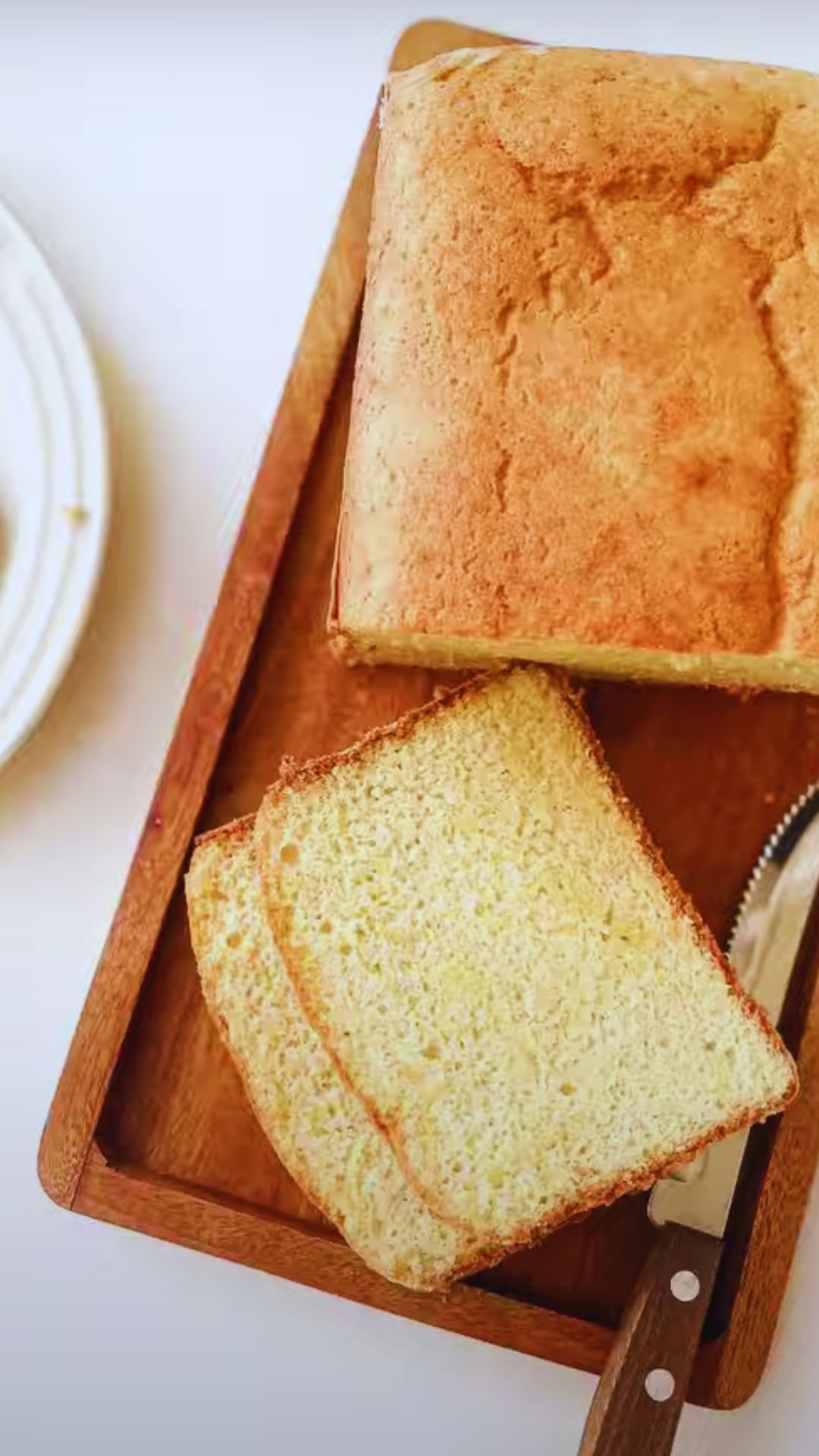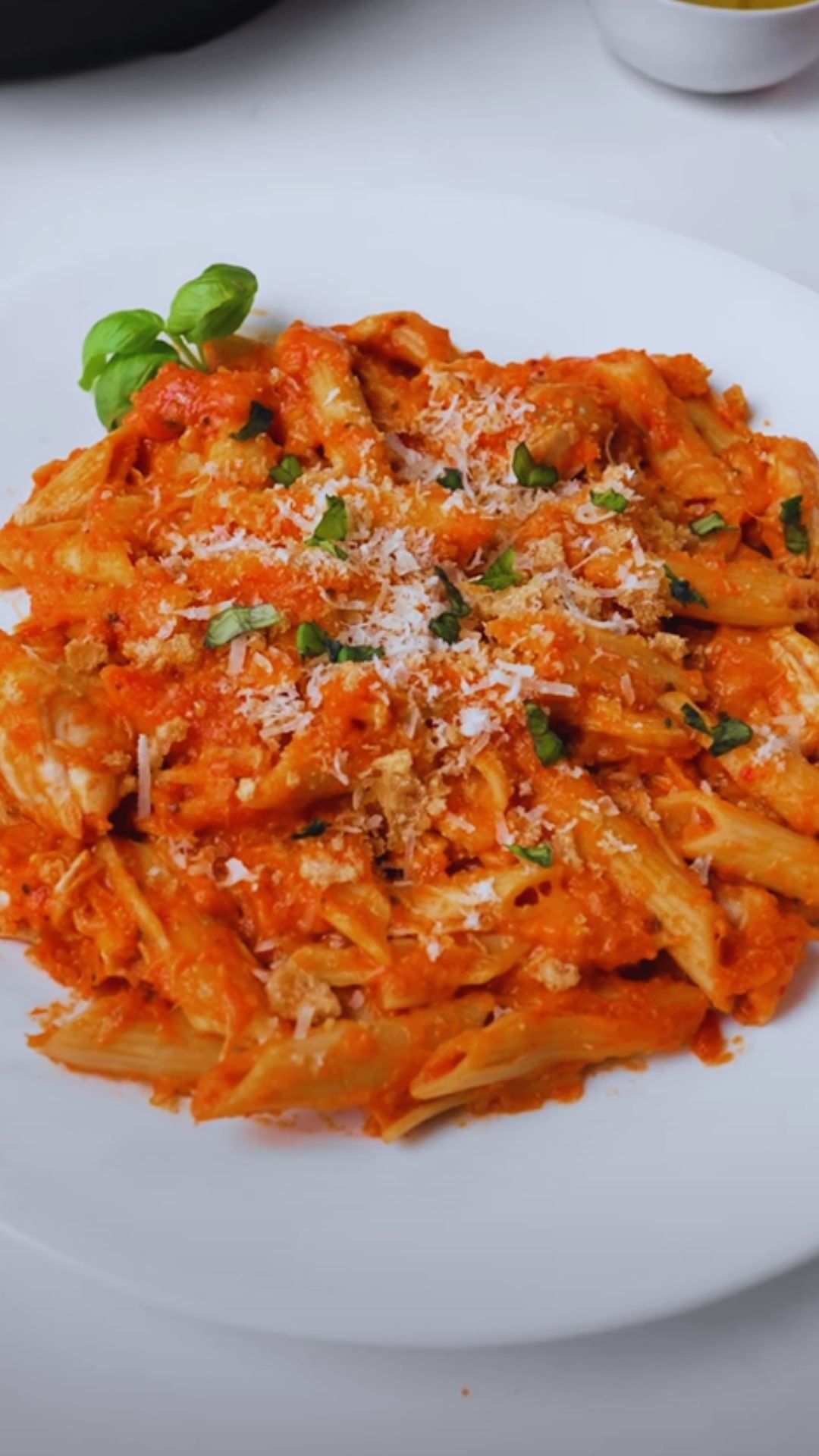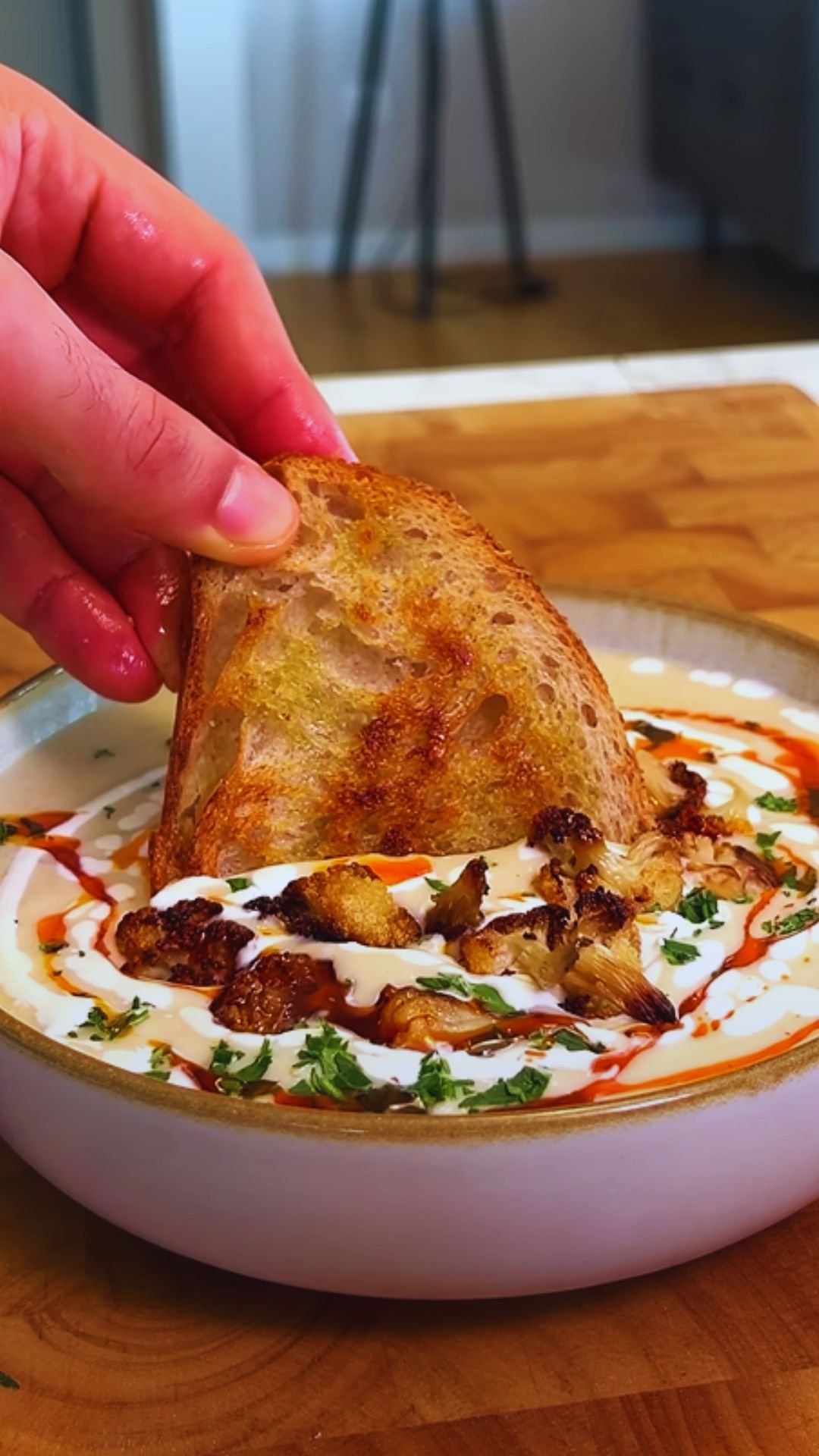There’s nothing quite like the aroma of freshly baked bread wafting through your home. For those of us following a ketogenic lifestyle, traditional bread is typically off the menu due to its high carbohydrate content. But fear not! I’ve spent years perfecting a keto-friendly bread recipe that doesn’t compromise on taste or texture. This bread rises beautifully, slices perfectly, and satisfies that bread craving without kicking you out of ketosis.
Why This Keto Bread Recipe Works
When I first started my keto journey, finding a good bread substitute was my biggest challenge. Most recipes I tried were either too eggy, too dense, or simply fell apart. After countless experiments and refinements, I’ve finally created a recipe that achieves that elusive bread-like texture while keeping the carb count low.
The secret lies in the perfect blend of low-carb flours and precise techniques. This bread:
- Has just 2g net carbs per slice
- Maintains a fluffy, airy texture
- Holds up to toasting and sandwiches
- Doesn’t have that overpowering egg flavor
- Stays fresh for days
Essential Ingredients for Perfect Keto Bread
Understanding the role of each ingredient will help you achieve the best results with your keto bread. Here’s what you’ll need:
Dry Ingredients
- Almond Flour – 2 cups (200g): The primary flour in this recipe, providing structure without the carbs of wheat flour. Always use blanched, superfine almond flour for the best texture.
- Coconut Flour – 2 tablespoons (16g): Acts as a thickening agent and helps absorb moisture. A little goes a long way!
- Psyllium Husk Powder – 2 tablespoons (10g): The secret ingredient that gives this bread its authentic texture. It creates elasticity similar to gluten in traditional bread.
- Baking Powder – 1 tablespoon (14g): Provides the rise and lightness we want in our bread.
- Xanthan Gum – 1 teaspoon (3g): Helps bind the ingredients and improves the texture.
- Salt – 1 teaspoon (5g): Enhances flavor and strengthens the bread structure.
Wet Ingredients
- Eggs – 4 large, separated: The whites will be whipped to incorporate air for a lighter texture, while the yolks provide richness.
- Warm Water – 1/4 cup (60ml): Activates the psyllium husk powder.
- Apple Cider Vinegar – 1 tablespoon (15ml): Reacts with the baking powder to help the bread rise.
- Melted Butter – 1/3 cup (75g): Adds moisture and flavor. Can substitute with coconut oil for dairy-free.
- Olive Oil – 2 tablespoons (30ml): Adds moisture and improves the texture.
The Science Behind Keto Bread Making
Traditional bread relies on gluten for its structure and yeast for its rise. In keto baking, we need to create alternatives to these processes. The combination of psyllium husk and xanthan gum creates a network similar to gluten, while the reaction between baking powder and apple cider vinegar generates carbon dioxide bubbles that help the bread rise.
Additionally, the technique of whipping egg whites to soft peaks incorporates air into the batter, further enhancing the bread’s volume and creating that desirable light texture.
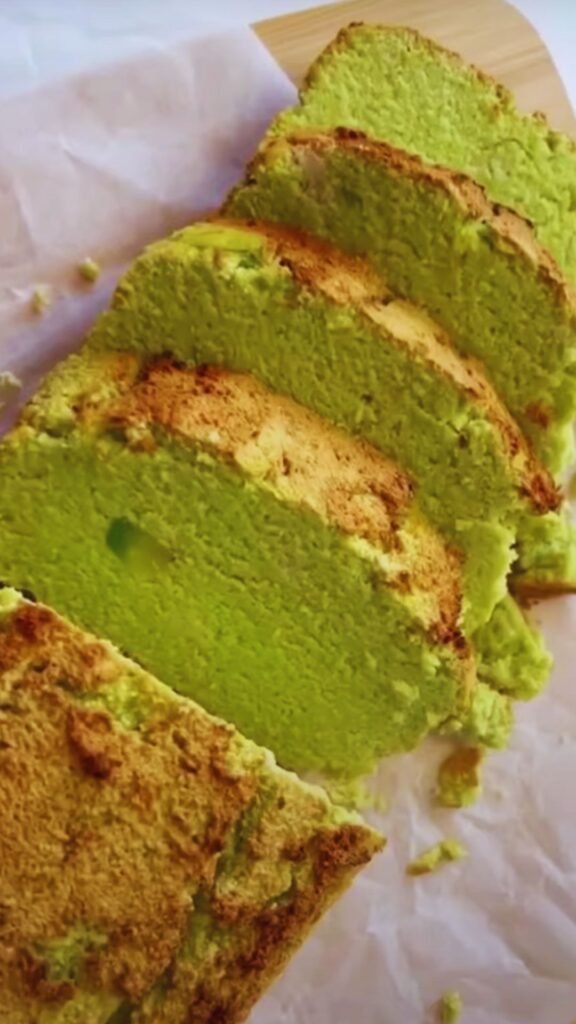
Step-by-Step Keto Bread Method
Follow these steps carefully for the best results:
- Prep Work: Preheat your oven to 350°F (175°C). Line a 9×5-inch loaf pan with parchment paper, leaving some overhang for easy removal.
- Separate Eggs: Carefully separate the egg whites from the yolks, placing them in different bowls.
- Mix Dry Ingredients: In a large bowl, whisk together the almond flour, coconut flour, psyllium husk powder, baking powder, xanthan gum, and salt until well combined and no lumps remain.
- Prepare Wet Ingredients:
- In a small bowl, mix the warm water with the psyllium husk powder and let it sit for 2 minutes to gel.
- In another bowl, whisk the egg yolks, melted butter, olive oil, and apple cider vinegar.
- Whip Egg Whites: Using clean beaters (any fat will prevent proper whipping), beat the egg whites until soft peaks form. This typically takes 2-3 minutes.
- Combine Mixtures:
- Add the yolk mixture to the dry ingredients and mix thoroughly.
- Fold in the psyllium gel.
- Gently fold in the whipped egg whites in three batches, being careful not to deflate them.
- Bake: Transfer the batter to the prepared loaf pan, smoothing the top with a spatula. Make a shallow cut down the middle with a knife (this helps control how the bread rises).
- Baking Time: Bake for 50-60 minutes until the top is golden brown and a toothpick inserted in the center comes out clean. If the top browns too quickly, cover loosely with foil.
- Cool Completely: This is crucial! Allow the bread to cool in the pan for 10 minutes, then use the parchment paper to lift it out onto a cooling rack. Let it cool completely (at least 2 hours) before slicing.
Troubleshooting Common Keto Bread Issues
| Problem | Possible Cause | Solution |
|---|---|---|
| Bread is too dense | Egg whites deflated | Be gentler when folding in the egg whites |
| Oven temperature too low | Check your oven with a thermometer | |
| Didn’t cool completely | Allow bread to cool fully before slicing | |
| Bread collapses after baking | Opening oven door too early | Wait until at least 40 minutes before checking |
| Too much liquid | Measure ingredients precisely | |
| Psyllium husk not fresh | Use fresh ingredients for best results | |
| Purple/gray color | Type of psyllium husk | Try a different brand of psyllium husk |
| Bread has large air holes | Egg whites over-whipped | Whip only to soft peaks, not stiff peaks |
| Gummy texture | Not baked long enough | Extend baking time by 5-10 minutes |
| Too much psyllium husk | Measure precisely |
Nutrition Facts Per Slice
When cut into 16 slices, each slice contains:
| Nutrient | Amount |
|---|---|
| Calories | 143 |
| Total Fat | 13g |
| Saturated Fat | 3.5g |
| Cholesterol | 55mg |
| Sodium | 178mg |
| Total Carbohydrates | 4g |
| Dietary Fiber | 2g |
| Net Carbs | 2g |
| Protein | 5g |
Variations to Try
The base recipe is incredibly versatile. Here are some delicious variations to experiment with:
Herb and Garlic Keto Bread
Add 2 teaspoons of garlic powder and 1 tablespoon of fresh chopped herbs (rosemary, thyme, or basil work beautifully) to the dry ingredients.
Seeded Keto Bread
Mix in 3 tablespoons of mixed seeds (sunflower, pumpkin, sesame, or flax) to the batter, and sprinkle some on top before baking for a crunchy crust.
Cheesy Keto Bread
Fold in 1 cup of shredded cheddar or mozzarella cheese (or a mix) after incorporating the egg whites.
Sweet Cinnamon Keto Bread
Add 2 tablespoons of your preferred keto sweetener and 2 teaspoons of cinnamon to the dry ingredients.
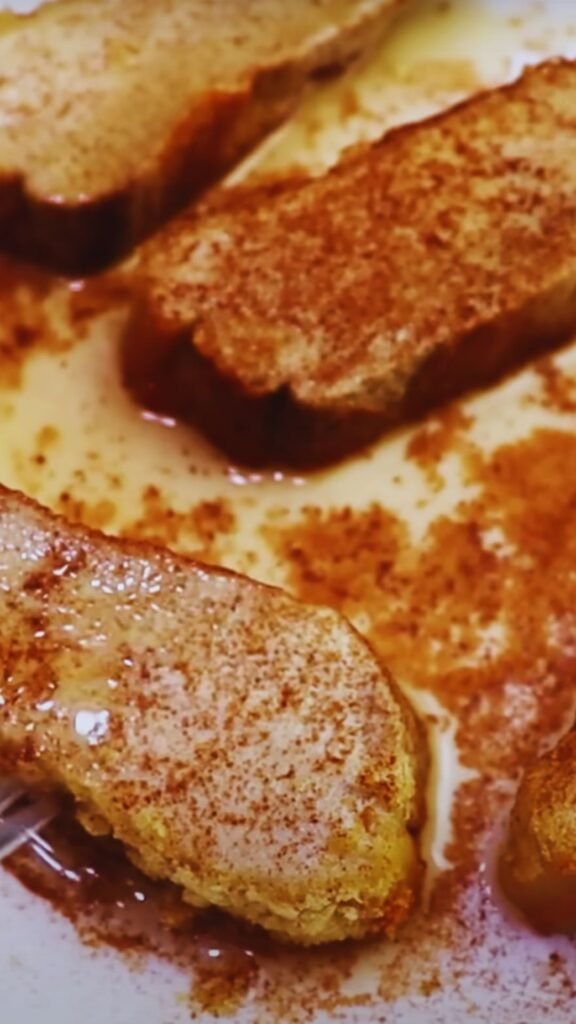
Storage and Freezing Tips
This bread keeps remarkably well compared to other keto breads. Follow these storage guidelines:
Room Temperature
Store in an airtight container for up to 3 days. A bread box works well too.
Refrigerator
For longer storage, keep in the refrigerator for up to 7 days. I recommend slicing the entire loaf before refrigerating, making it easier to grab just what you need.
Freezer
This bread freezes beautifully for up to 3 months:
- Slice the cooled bread completely
- Place pieces of parchment paper between slices
- Store in a freezer-safe container or ziplock bag
- Thaw individual slices at room temperature or toast directly from frozen
Serving Suggestions
This keto bread is incredibly versatile and can be used just like regular bread. Here are some of my favorite ways to enjoy it:
Breakfast Ideas
- Toasted with butter and sugar-free jam
- Avocado toast with a sprinkle of everything bagel seasoning
- French toast made with keto-friendly sweetener and cinnamon
- Breakfast sandwich with eggs, cheese, and bacon
Lunch Options
- Classic BLT with plenty of mayo
- Turkey and cheese sandwich with lettuce and mustard
- Grilled cheese (it toasts beautifully!)
- Tuna salad on toasted slices
Dinner Accompaniments
- Garlic bread (brush with butter, garlic, and herbs, then toast)
- Buttered side for soups and stews
- Base for open-faced hot sandwiches
- Croutons (cube stale bread, toss with olive oil and seasonings, then bake)
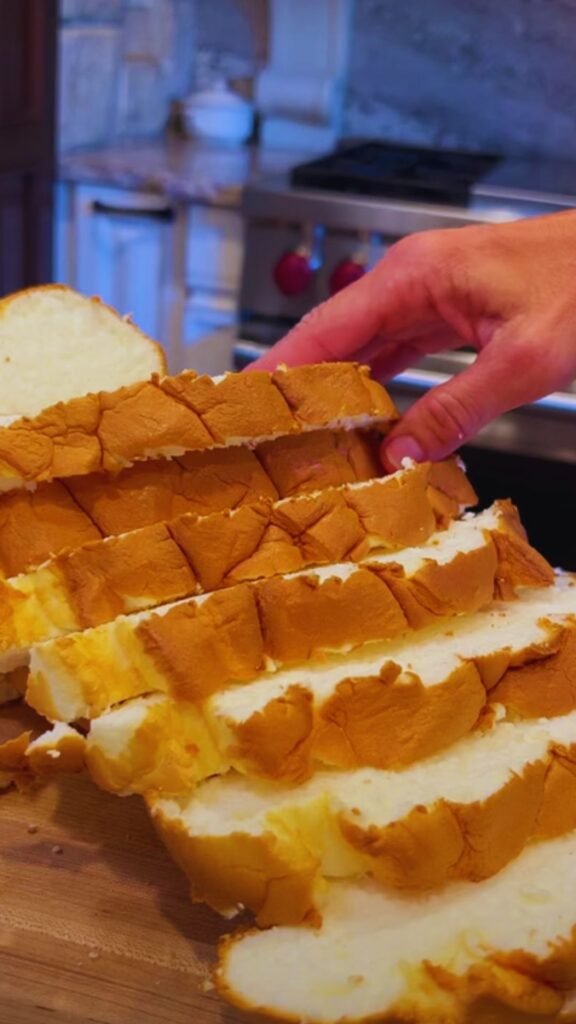
Cost-Efficiency Analysis
While keto baking ingredients can be pricier than conventional flour, making your own keto bread is still more economical than buying pre-made low-carb bread. Let’s break down the costs:
| Ingredient | Approximate Cost | Cost Per Loaf |
|---|---|---|
| Almond Flour (2 cups) | $10 per pound (about 3.5 cups) | $5.71 |
| Coconut Flour (2 Tbsp) | $4 per 16 oz bag (about 48 Tbsp) | $0.17 |
| Psyllium Husk Powder (2 Tbsp) | $10 per 12 oz container (about 68 Tbsp) | $0.29 |
| Eggs (4) | $3 per dozen | $1.00 |
| Butter (1/3 cup) | $4 per pound (about 2 cups) | $0.67 |
| Other Ingredients | Estimated | $0.50 |
| Total | $8.34 |
Compare this to store-bought keto bread, which typically ranges from $9 to $12 per loaf, and you’re saving money while getting a fresher product!
Health Benefits of This Keto Bread
Besides being low in carbs, this bread offers several nutritional advantages:
Rich in Healthy Fats
The almond flour and healthy oils provide beneficial monounsaturated fats that support heart health and help you stay satisfied.
Good Source of Protein
With 5g of protein per slice, this bread helps meet your protein needs on a ketogenic diet.
High in Fiber
The combination of almond flour, coconut flour, and psyllium husk makes this bread much higher in fiber than traditional white bread, supporting digestive health.
Nutrient-Dense
Almond flour contains vitamin E, magnesium, and manganese, making this bread more nutritious than conventional options.
Stable Blood Sugar
The low carb content and high fiber help prevent blood sugar spikes, making this bread suitable for people with diabetes or insulin resistance.
Frequently Asked Questions
Q: Can I substitute the almond flour with coconut flour?
A: Unfortunately, a direct substitution won’t work. Coconut flour absorbs much more moisture than almond flour. If you need to avoid almonds, try using sunflower seed flour in the same quantity as the almond flour.
Q: Why did my bread turn purple?
A: This can happen due to a reaction between the psyllium husk and baking powder. It’s completely harmless and doesn’t affect the taste. Try a different brand of psyllium husk to avoid this.
Q: Can I make this bread dairy-free?
A: Absolutely! Replace the butter with the same amount of melted coconut oil or olive oil for a dairy-free version.
Q: Why is my bread hollow in the middle?
A: This typically happens when the egg whites are over-whipped or the batter is mixed too vigorously. Be gentle when folding in the egg whites and don’t over-mix.
Q: Can I use a bread machine for this recipe?
A: This particular recipe isn’t suited for a bread machine as it requires specific techniques like whipping egg whites. It’s best made by hand or with a stand mixer.
Q: How do I know when the bread is fully baked?
A: The top should be golden brown, and a toothpick inserted in the center should come out clean. The internal temperature should reach about 205-210°F (96-99°C) if you’re using a food thermometer.
Q: My bread didn’t rise much. What went wrong?
A: Check if your baking powder is fresh (test by putting a small amount in hot water – it should fizz vigorously). Also, make sure you didn’t deflate the egg whites when folding them in.
Q: Can I add sweetener to make this more like regular bread?
A: Yes, you can add 1-2 tablespoons of your preferred keto sweetener to the dry ingredients. This won’t make the bread sweet but will help balance the flavors.
Final Tips for Keto Bread Success
After years of perfecting this recipe, I’ve learned a few crucial tips that make all the difference:
- Measure Precisely: Keto baking is more sensitive to measurement errors than conventional baking. I highly recommend using a kitchen scale for accuracy.
- Room Temperature Ingredients: Make sure eggs and other refrigerated ingredients are at room temperature before starting.
- Don’t Rush the Process: Properly whipped egg whites and gentle folding take time but are worth it for the texture.
- Be Patient With Cooling: The bread continues to set as it cools. Cutting it too soon can lead to a gummy texture.
- Experiment and Adjust: Ovens vary, and so do ingredients. Don’t be afraid to make small adjustments based on your results.
I hope this recipe brings the joy of bread back to your keto lifestyle. There’s nothing quite like slicing into a loaf you’ve made yourself, especially when it’s as delicious and satisfying as this one. Enjoy every carb-conscious bite!
Your Keto Bread Journey
I’d love to hear how this recipe works for you! The beauty of keto baking is that we’re all learning and improving together. Feel free to share your experiences, modifications, and success stories.
Remember, perfecting keto bread might take a try or two, but the results are well worth the effort. Soon, you’ll be enjoying sandwiches, toast, and all your bread favorites while staying firmly in ketosis.
Happy baking!

